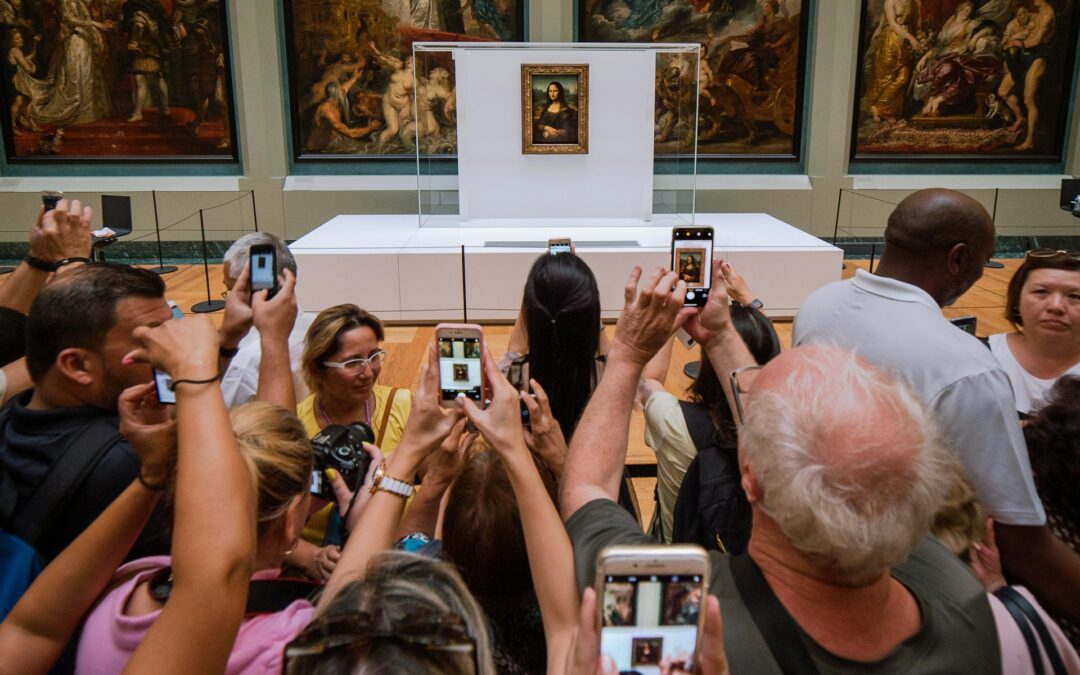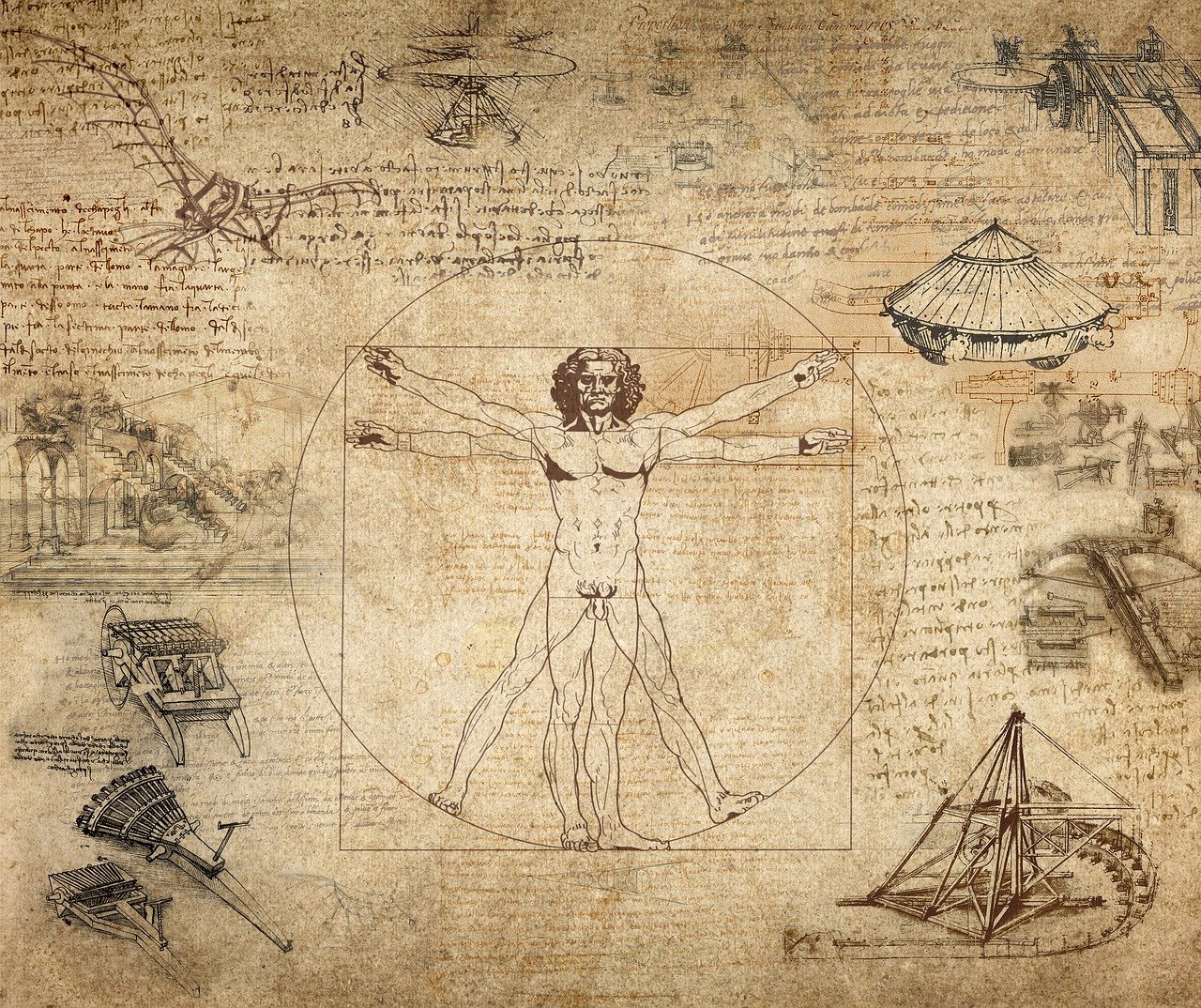Revered as one of the most influential people in the history of the world, Leonardo da Vinci may have died in the early 16th century, but his works remain studied, relevant, and admired today just as they were during his lifetime. His pursuit of knowledge continues to be awe-inspiring, mainly because, by trade, he was an artist. Yet his desire to see things from another angle made him so multitalented.
The key to Da Vinci’s glorious career was partially a product of the time. Art and science weren’t always perceived as being mutually exclusive. Today, we’d say that one is an academic pursuit while the other relies on creativity. Instead, Da Vinci’s scientific knowledge offered an angle on art that allowed for masterpieces to be created, both in the realms of his training and his engineering works. It’s this that gave rise to his incredible legend.
Leonardo as the face of inventiveness
Leonardo da Vinci achieved a tremendous amount in his 67 years on Earth, some of which were spent without the use of his right hand. His works have stood the test of time, and his inventiveness proved revolutionary. As his notebooks reveal, per Britannica, his lines of scientific inquiry and mechanical inventiveness were incredibly ahead of his time—by centuries.
His mastery of drawing enabled him to put his thoughts into practice and allow others to perceive what he was trying to achieve. Thus came his incredible inventions and the mysteries that continue to surround his legacy. This element bleeds into pop culture today. While his art remains adored, his inventions and inventiveness offer an angle of mystery and discovery.
This is what’s showcased in the Age of Da Vinci NetGaming slot.
Found via the trusted online casino for Canadians with a C$88 no-deposit bonus, the slot’s symbols and especially its feature play to this theme. Triggering the feature round can lead to one of many great discoveries, including the magnum opus feature and unity feature. Elsewhere, we have the famous The Da Vinci Code novels and many other renditions.
Scientific Inquiry Leading to Masterpieces
If you ask anyone to name a handful of the most famous paintings in the world, there’s a good chance they’ll name at least two of Da Vinci’s pieces. These two will probably be Mona Lisa and The Last Supper. The latter came first, influencing artists for generations to come for its depiction of Jesus being central yet alone. Further, each apostle plays out a different character, with their unique body language and expressions.
The Mona Lisa remains the most famous portrait ever created. The creativity comes from how Da Vinci leveraged his paint mixes and the sfumato technique to mask any hard lines. The light and dark transition seamlessly. According to the Met Museum, he also applied his perception of the natural world being liquid to his use of oil paints in the drapery.
Leonardo Da Vinci was a genius. Modern artists could learn from his desire for knowledge, which fueled his creative works.


